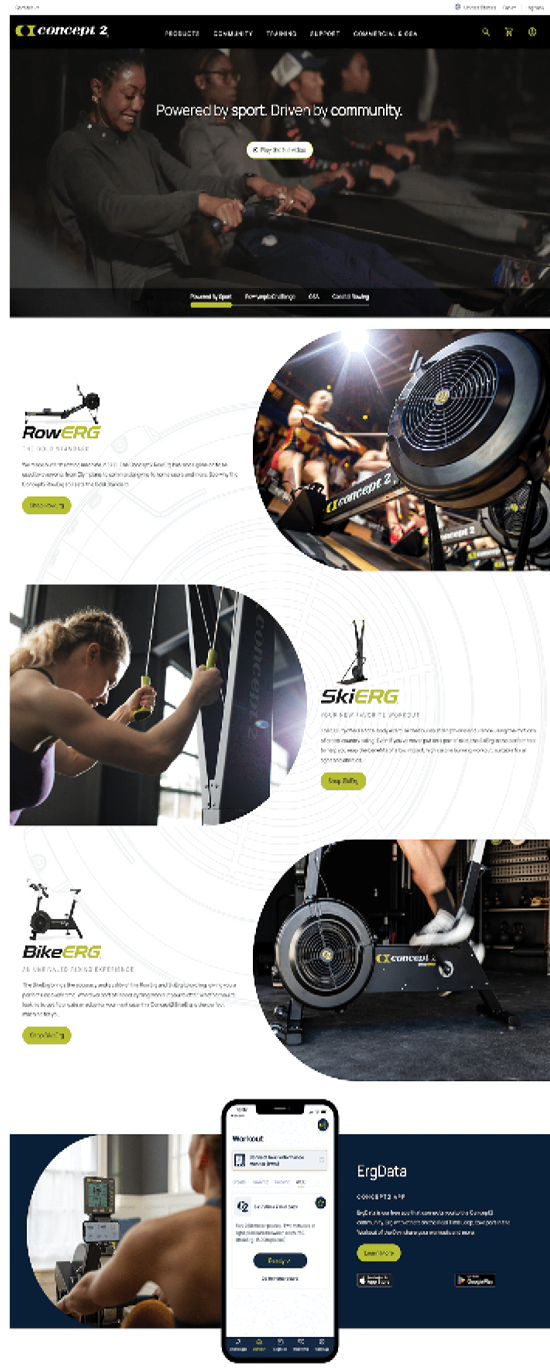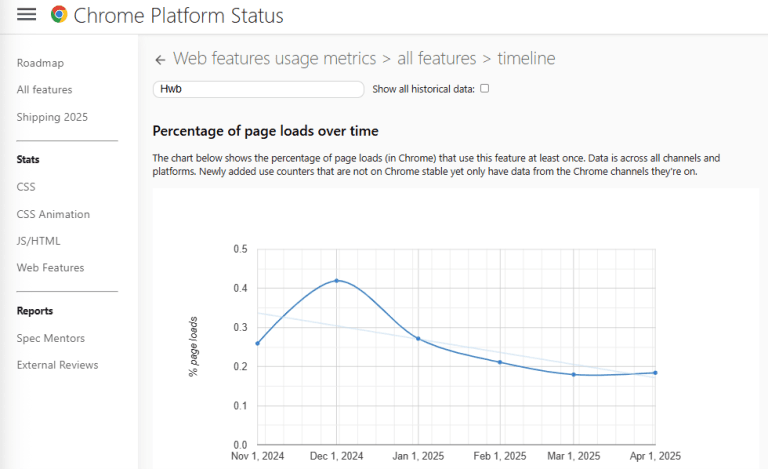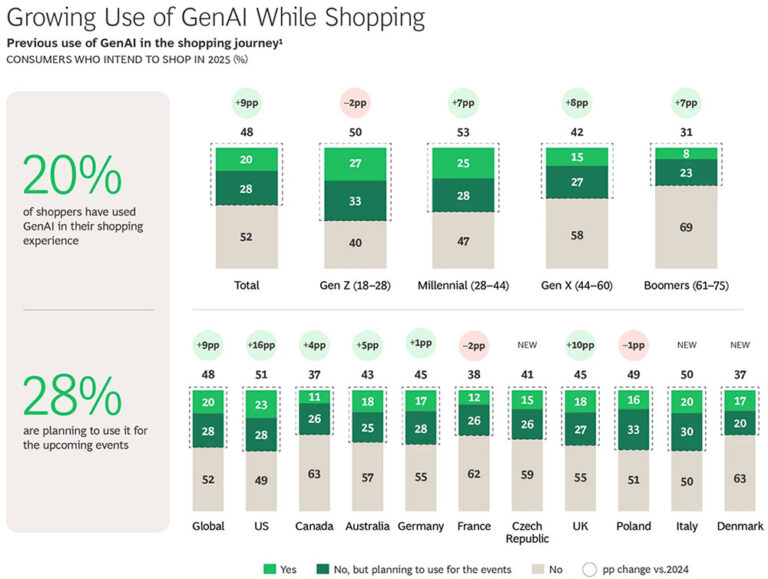Summer may be ending, but consumer demand isn’t. Small retailers can turn seasonal inventory into revenue with email and SMS—fast, affordable tools that don’t require big-box budgets.
Amazon’s Prime Day sparked a surge of shopping intent that still lingers, creating opportunities for SMBs to convert momentum into sales.
With back-to-school shopping already in full swing, smaller retailers can thrive by focusing on the opportunities large competitors often overlook instead of trying to compete head-on with Amazon and other big-box chains.
“The key mindset shift is recognizing that your small business can and should join the purchase conversation,” Dave Charest, director of small business success at Constant Contact, told the E-Commerce Times.
Tap Into the Buying Mode
Table of Contents
- 1 Tap Into the Buying Mode
- 2 Coordinate Email Marketing and Social Strategies
- 3 Effective Messaging Techniques
- 4 Segmentation Key To Crafting Campaigns
- 5 Personalizing Pitches Closes More Sales
- 6 Maximize Your Retail Differences
- 7 Customer Data Personalizes Campaigns
- 8 Don’t Compete with Big Discounts
- 9 Close More Deals With Storytelling
Shoppers are already in buying mode, and that attention is valuable. It is your opportunity to position your brand as the more unique, personable alternative, Charest advised.
“Whether your business is local, sustainable, handmade, or simply offers a more tailored experience, that’s your edge,” he said.
His company’s Small Business Now report revealed that only 19% of Americans know that over 33 million small businesses are operating in the U.S. Even so, a notable 82% said those businesses have a positive impact on their lives, and 83% would be upset if their favorite one closed, he added.
“Consumers want to support businesses that make them feel connected. So lean into what makes you different and show your audience the local impact their purchase can have,” he recommended.
Coordinate Email Marketing and Social Strategies
That approach worked well for SMBs engaging during Prime Day sales this summer, even if they were not selling on Amazon, according to Charest.

Director of Small Business Success
It can still be a strategic moment to generate buzz, because shoppers are already paying attention.
Smaller retailers need to give them something worth noticing. He suggested starting by aligning your messaging across email and social media.
“This consistency builds trust, increases recognition, and makes your offer more memorable, no matter where customers see it,” he explained.
Using social media increases visibility and engagement. It’s an effective channel for sharing countdowns, short videos, and limited-time reminders that create urgency.
“Then, build on that momentum with email. Tell your story, share your value, and highlight what makes your offer a better, more meaningful alternative,” Charest urged.
For instance, framing your campaign as a “two-day sale” or “local impact event” timed with other big box sales helps you tap into existing shopping behavior, while also providing something fresh, human, and rooted in your community.
Effective Messaging Techniques
Breaking through inbox clutter requires relevance, urgency, and personality. An effective subject line can help emails stand out during busy shopping cycles.
Charest added that clever subject lines and timely hooks that tap into the moment position your business or offers as a compelling alternative. He offered these examples that are easily adaptable to seasonal sales campaigns:
- It’s Our Prime Time Too
- No Membership Needed
- Local Algorithm
- Hey [First Name], your VIP deal is here!
“Remember: be benefit-driven, clear, and whenever possible, personalize. That one-to-one feeling makes people pause and pay attention,” Charest said.
Segmentation Key To Crafting Campaigns
Divide a broad customer base into smaller, well-defined groups based on shared characteristics, needs, or behaviors. This approach enables you to tailor messages to each group’s preferences.
“Segmentation makes your outreach smarter and your results stronger. It’s one of the most effective ways to increase relevance and boost engagement,” Charest noted.
He cautioned that not every customer is looking for the same thing. You can start by grouping your audience based on their interests.
For instance, for customers who regularly shop for home goods, highlight deals in that category. If they tend to buy apparel, feature your latest fashion offers.
“The more tailored your message, the more likely it is to catch their attention,” he emphasized.
Personalizing Pitches Closes More Sales
Charest said crafting catchy campaigns does not stop with segmentation. It must go beyond just product preference. Catch your customers where they are in their journey with your business.
He suggested appealing to loyal, repeat customers by providing them with early access or a first look at your sale. A one-time buyer may need a more compelling reason to come back, like a limited-time discount.
Another strategy is to send lapsed customers a personalized reminder tied to a past purchase. Try something like, “You loved this last summer. See what’s new this year,” to help reignite interest.
“By sending the right message to the right customer at the right time, you turn generic outreach into meaningful engagement, and that’s when results start to scale,” he said.
Maximize Your Retail Differences
You can give shoppers a reason to buy your offers by playing to your strengths. Lean into what makes you different. Highlight why not being a major box store is a good thing. Create exclusive, locally curated bundles that feel special and are a one-of-a-kind opportunity.
Consider a sales campaign based on themed offers, or layer in urgency to drive action with timely hooks like “Only 10 sets available!” or “Order in the next two hours and get a surprise gift!”
“Limited-time, high-value, and personal — that’s your formula for standing out,” Charest noted.
Customer Data Personalizes Campaigns
Purchase history lets retailers tailor their outreach and boost repeat purchases. It helps them speak to people as if they know them. Use past purchases to recommend related items or send a timely reminder, such as “You bought [this product or service] last June — ready for a refresh?”
Charest suggested offering tiers or targeted perks to track loyalty. Bundle strategies the likes of “Gold Members get free shipping this week” or a simple message like, “Thanks for shopping small. Your next treat is on us.”
He added that such direct responses via email or text messages can go a long way toward making customers feel seen and valued.
“A well-timed, personalized message beats a blanket promo every time,” he noted.
Don’t Compete with Big Discounts
Charest recognized that small businesses do not have to go broke handing out deep discounts. They can stand apart from the competition with thoughtful perks like gift-with-purchase, custom bundles, or handwritten notes.
These campaign techniques help create memorable experiences that add lasting value without cutting into profit margins.
“These little things can turn a sale into an experience and set you apart from big-box retailers, even long after Prime Day is over,” he shared.
Close More Deals With Storytelling
Small businesses can leverage storytelling or highlight unique aspects of their products/services to build perceived value and encourage purchases, even without relying on significant price reductions. Telling your story is a powerful way to create value beyond just offering discounts or deals.
Share why you started your business or highlight what you stand for. Offer a behind-the-scenes look at how your products are made, or feature customer stories.
According to Constant Contact’s latest Small Business Now report, the top reasons people support small businesses are quality, personalized service, and local impact. These storytelling details help shoppers see the heart behind your brand.
“Sharing the ‘why’ behind your business creates a deeper connection, and that’s what turns casual browsers into loyal buyers,” Charest concluded.





